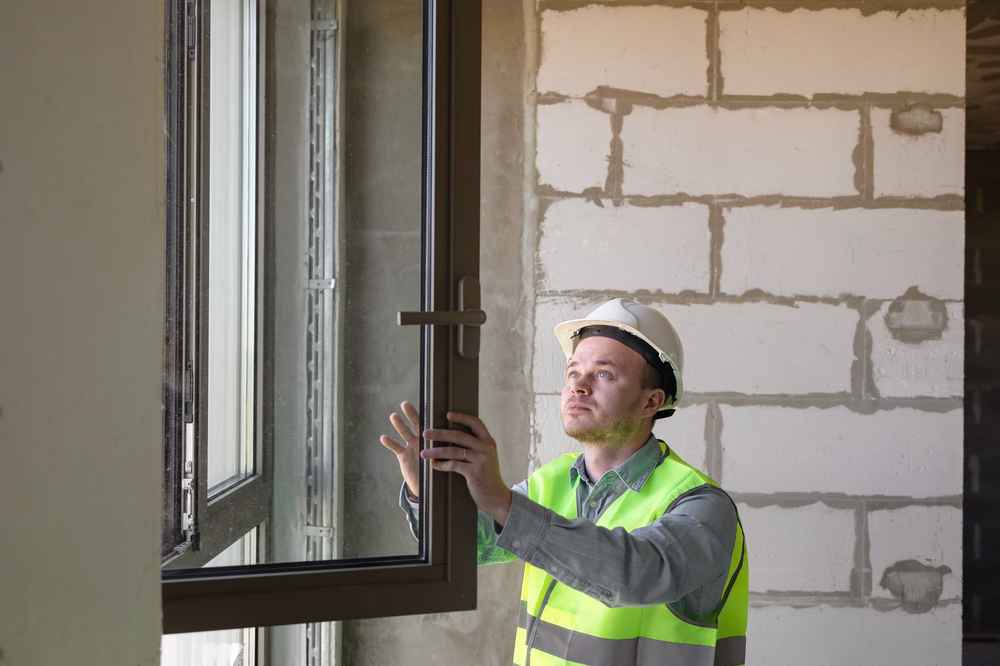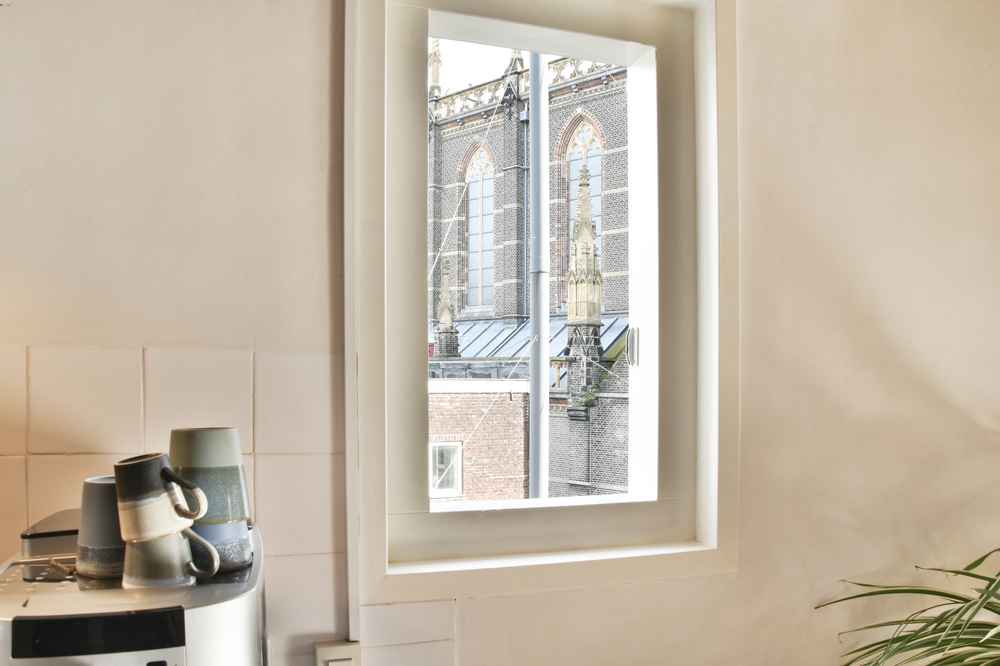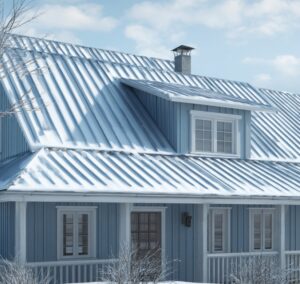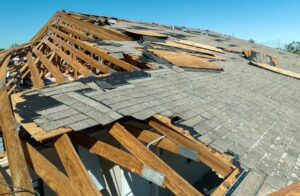When the nights get colder in Missouri, many homeowners start to feel the draft—literally. Maybe it’s a breeze you notice while sitting near a window, or that monthly utility bill creeping higher. Either way, this is the time to get serious about checking your windows before winter hits.
A fall window inspection can help you spot small issues before they turn into bigger problems. Whether you’re planning to seal up gaps or thinking about upgrading to more efficient windows, a few smart moves now can help you stay warm and cut energy costs all season long.
At Freedom Restoration and Roofing, we know how much weather stress your home takes in this part of the country. This guide breaks down what to check, how to prep, and what kind of upgrades are actually worth it for Missouri homes.
In This Post:
- Why it’s smart to inspect your windows every fall
- What materials and tools you’ll need before getting started
- A step-by-step breakdown of how to seal and insulate properly
- What kinds of windows offer the best energy savings
- Local FAQs from Missouri homeowners
Need expert help? We’re here to help.

Why Fall Is the Right Time to Check Your Windows
Missouri winters can be unpredictable—cold snaps, windstorms, and the occasional snow all show up before the calendar officially changes. If your windows aren’t in good shape, you’ll feel it in your comfort level and your heating bill.
Doing a basic inspection before the first deep freeze gives you a chance to find leaks, worn-out seals, or moisture problems while there’s still time to fix them. Even small upgrades—like adding new weatherstripping or film—can make a noticeable difference in how well your windows hold heat.
What to look for:
- Gaps around window frames
- Cracked or missing caulk
- Condensation between panes
- Difficulty opening or locking windows
Replacing older windows with high-performance models is one of the most effective ways to improve your home’s energy efficiency. But even if that’s not in the budget, there are plenty of practical, affordable steps you can take right now.
Getting Started: What You’ll Need Before Winterizing
Before you head to the hardware store, take a quick inventory of what you already have—and what you may need.
Things to Consider:
- Scope – Are you sealing windows or replacing them? Sealing is low-cost and fast. Replacement is more of an investment—but offers bigger long-term savings.
- HOA or Historic Requirements – Some neighborhoods may have rules around what kind of exterior changes you can make.
Tools & Supplies:
- Weather-resistant caulk
- Foam or felt weatherstripping
- Plastic window film (indoor or outdoor kits)
- Utility knife, scraper, screwdriver
- Draft detector or candle for leak testing
You don’t need to do every window in one weekend. Start with the rooms where you feel the most cold air or notice higher humidity.
Once you’ve gathered your materials and identified which windows need attention, here’s how to tackle the sealing process step by step.
How to Seal and Insulate Windows for Cold Weather
Step 1: Start with a Full Inspection
Walk through your home on a windy day. Use your hand or a lit candle near the window edges to feel for leaks. Check for:
- Loose-fitting sashes
- Warped or cracked frames
- Fogging or condensation between panes
Step 2: Clean and Prep the Surface
Dirt and debris can prevent sealant and weatherstripping from sticking. Wipe down the sills and frames thoroughly, and scrape away any old caulk or tape.
Step 3: Seal the Gaps
Apply fresh caulk along exterior edges where the window meets siding or trim. Inside, replace worn weatherstripping on operable windows. For older homes, check the top and bottom sash—common trouble spots for air leaks.
Step 4: Add an Insulating Barrier
Window insulation kits are widely available and work well on single-pane glass. Storm windows or temporary inserts can also add insulation without a full window replacement.
Step 5: Improve Efficiency from the Inside
Thermal curtains or layered window treatments can block heat loss at night and help insulate even newer windows.
Example: A homeowner in Warrenton used film and weatherstripping on 12 windows in a 1980s ranch home. They reported a 12% drop in heating costs over the winter—without replacing a single pane.
What Types of Windows Save the Most Energy?
Not every window is built the same, and in Missouri, the mix of cold winters and hot summers means performance matters.
Popular Choices for Efficiency:
| Window Type | Benefits | Considerations |
| Vinyl | Affordable, low-maintenance | Can warp slightly with extremes |
| Wood-Clad | Great insulator, classic look | Needs upkeep, higher cost |
| Fiberglass | Strong, efficient, stable | Higher upfront cost |
| Double-Pane, Low-E | Reduces heat transfer, balances light | Standard for replacements |
Warranties & Lifespan
Most modern windows come with 10–20 year warranties—though that’s only as good as the installation. At Freedom Restoration and Roofing, we don’t cut corners. We install to manufacturer specs and use proper flashing to prevent moisture issues later.
What’s Worth It?
If your home has single-pane glass or aluminum frames, you’re likely losing more heat than you think. Replacing even a few of your most-used windows can improve comfort and reduce your bills.
If full replacement isn’t in the budget this year, winterizing your windows in Missouri with proper sealing and insulation can still make a noticeable difference—especially during the coldest weeks of the season.

Warrenton Window & Roofing FAQs
We get a lot of questions from local homeowners about window prep, insulation, and what to expect with repairs or upgrades. Here are a few of the most common.
Do I need to check my windows every year?
Yes, you should check your windows every year. Seasonal expansion and contraction in Missouri’s climate can wear down seals and weatherstripping, which may lead to drafts or moisture problems if left unaddressed.
What kind of sealant should I use outside?
For exterior sealing, you should use a weather-resistant silicone or polyurethane caulk labeled specifically for windows and doors. These products are designed to stay flexible and hold up in changing weather conditions.
Will new windows really cut my heating bill?
Yes, replacing older windows with modern, energy-efficient models can significantly reduce your heating bill—especially if you’re upgrading from single-pane glass or frames that leak air.
Can I replace just a few windows?
Yes, you can replace just the windows that are in the worst shape or causing the most energy loss. Many Missouri homeowners take a phased approach, starting with north-facing or high-use rooms.
What if I notice water near my windows?
If you notice water near your windows, it’s likely due to failed seals, poor flashing, or a roofing or siding issue. It’s important to have a professional inspect the area to prevent water damage from spreading.
Do I need permits for window replacement?
In most cases, you do not need a permit for window replacement. However, if your home is in a historic district or governed by an HOA, there may be specific rules to follow, which we help our clients navigate.
Can storms cause window damage?
Yes, storms—especially those involving wind or hail—can cause damage to window glass, frames, or seals. If damage occurs, storm-related issues are often covered by insurance, and we can assist with documentation and claims.
Your Next Step Toward a Warmer Home
Cold weather is coming—whether we’re ready or not. But your windows can be. With the right inspection and a few affordable fixes, you can make your home more comfortable and efficient this winter.
At Freedom Restoration and Roofing, we bring a decade of experience working with Missouri homes. From simple sealing projects to full window replacements, we handle every job with transparency, craftsmanship, and local expertise.
Schedule your free window inspection today and take one smart step toward a warmer, more efficient home.



